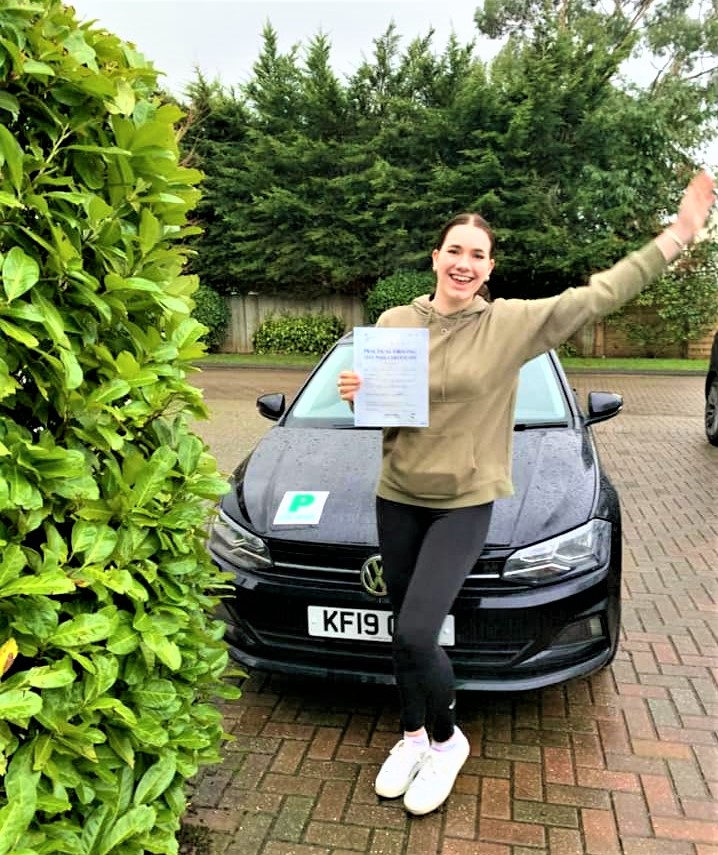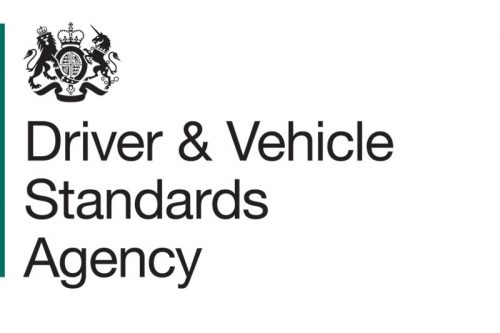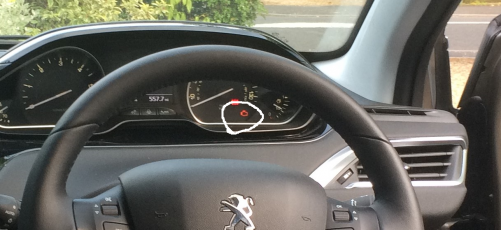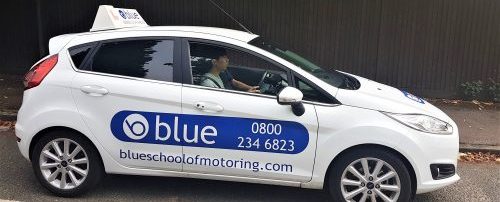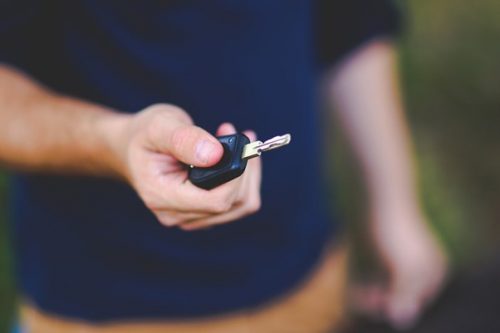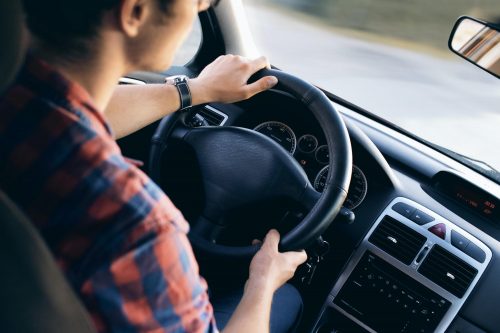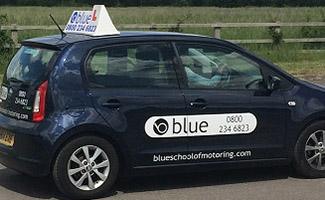
Disability and the practical test
Posted in: Driving Test Info, Driving Test Tips.
Not long ago the DVSA blogged about how we can help candidates with a disability tackle their theory test. The DVSA also promised that we’d write a similar piece about the practical test, so here it is.
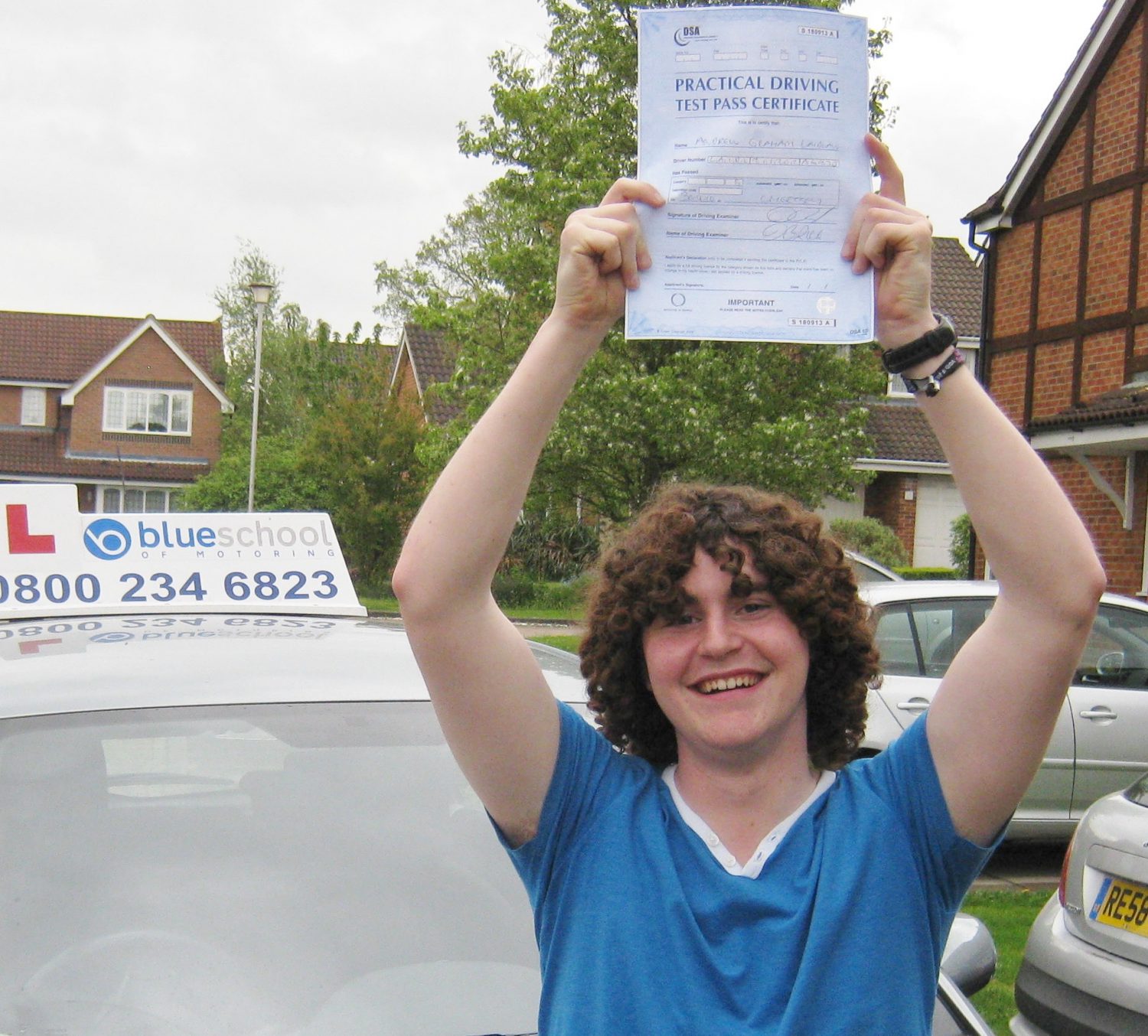
The practical test is the final challenge you have to face before you get your full driving licence, and we know how much this means. As we said in the theory test post, it’ll mean freedom and independence. It’ll also open up a new world of social and employment opportunities.
DVSA really wants anyone who’s capable of driving safely to get out there and grab these opportunities. So long as the test isn’t undermined, DVSA is more than happy to accommodate candidates with a special need, and I’ll explain here some of the things we can do to help.
Pass or fail – it’s the same for everyone
The first thing to say about taking the driving test if you have a disability is that the test won’t be any ‘easier’ than it would be for a non-disabled person. You’ll still have to take a ‘test of competence to drive’, which means that you’ll have to show you’re capable of controlling a car and following the rules of the road. Like any other candidate, to pass your test you’ll have to keep your faults to a minimum. This is how they work:
- Driver fault: Not potentially dangerous, but if you make the same fault throughout your test it could become a serious fault. You can notch up 15 driving faults and still pass, but more than this means automatic failure.
- Serious fault: Something that could potentially be dangerous. One of these means a definite test failure.
- Dangerous: Something that puts you, the examiner, another person or property into a dangerous position. Unsurprisingly, if you rack up one of these, you’ll fail your test.
Booking your test
You can book your test online and tell us that you have a disability. If you’d like to discuss your needs in more detail, go to the end of this post, where you’ll find our email address and phone number.
Test centre accessibility
Wherever possible we’ve tried to make our driving test centres accessible to people with a disability – for example, we’ve installed ramps and created disabled parking spaces. However, some centres are very small and sometimes in a situation where we haven’t been able to make adaptations.
We’ll tell you when you book your test whether the test centre you’ve chosen is accessible. If it’s not accessible (or you’d just prefer it), you can ask for the examiner to meet you in your car, rather than in the waiting room.
Timing
If you declared a disability when you booked your test, you’ll normally get extra time to take the test. This is because of the extra paperwork the examiner will need to complete, and also to give you a bit more time to do the manoeuvres. The examiner will explain what these are and make sure you’ve properly understood what’s expected – this may also take extra time, depending on your disability.
Some of the disabilities we can support
We’ll try our best to accommodate anyone’s disability and we’re always learning something new, but here are some of the ways we can support you.
Candidates with a hearing impairment or who are deaf without speech
If you’re deaf, or deaf without speech, the examiner will agree with you – before you take the test – how they should give instructions about the route and the manoeuvres. Often your approved driving instructor (ADI) will be able to help here, as they’ll be used to teaching you and giving you instructions.
You can take a BSL signer with you to translate what the examiner’s saying. The signer must be at least 16 years old and could be your ADI. Alternatively, you may want to write things down or lip read – just tell the examiner how you’d prefer to communicate.
Using an adapted car
If you have a physical disability, you may want to take your test in a car that’s been specially adapted for your needs. Of course, that’s perfectly fine so long as your car meets the usual requirements for a car to be used on test. They’re explained here on GOV.UK.
You and your examiner will spend a few minutes of your extra time to talk about your car’s adaptations before you take the test.
Also, your examiner will be happy for you to carry out the eyesight test and vehicle safety questions from inside your car.
Candidates with reading difficulties or a learning disability
If you tell us when you book your test that you have a learning disability, like dyslexia or dyspraxia, we can arrange for you to have extra time. If you wait until the time of your test to tell us about your disability, it probably won’t be possible to give you extra time. Either way, though, the examiner will talk to you about how your disability may affect your driving.
Before you get in the car, your examiner will ask you to read out the number plate of a car (but not yours!), to check your eyesight’s OK for you to drive. If you have reading difficulties, tell the examiner and they’ll be happy for you to write the number down, rather than read it out loud.
Once you get in the car, one of the most important things the examiner will need to find out is the best way for you to complete the independent driving part of the test.
During the independent driving section, you’ll be asked to drive for about ten minutes, following either traffic signs or verbal directions, or a combination of both.
Some disabilities may affect your ability to read traffic signs or follow verbal directions, so the examiner will talk to you about how you usually cope in such situations. They’ll be happy to go with your preferred method – either following signs or listening to verbal directions.
Here are some of the ways your examiner can help you during the independent driving section. They can
- write down place names if you’re struggling to understand or remember where you’re supposed to be heading
- limit the verbal direction to just two instructions at a time, instead of three. This’ll give you a better chance of remembering what the instructions are
- help you to visualise directions with a diagram. They can also include landmarks and prompts on the diagram – for example, a petrol station or a cinema
- when they’re giving you verbal directions, say ‘my side’ or ‘your side’, rather than ‘left’ or ‘right’. For example; ‘at the end of the road, turn to my side, and at the roundabout take the exit to your side’. They can show you what they mean by ‘your side’ and ‘my side’ on a diagram.
The paperwork
The examiner will use the same form (the DL25) to record your test performance. You’ll get a copy of this report whether you pass or fail, and you can talk about it with your ADI after your test.
Of course, we hope you’ve reached the standard to pass but, if not, practise some more and come back when you and your ADI feel you’re ready.
And remember, more or less everyone gets there in the end!
Get in touch
That’s another long blog post about disability, and I hope this one’s been helpful too.
If you have a disability that we haven’t covered here and you’d like to talk about what accommodation we can make on your driving test, please contact us on
DVSA driving test booking support
customerservices@dvsa.gov.uk
Telephone: 0300 200 1122 (Monday to Friday, 8 am to midday).
And you can read more about taking the practical test if you have a disability, health condition or learning difficulty here on GOV.UK.
Tags: disability driving test, driving test, practical test






